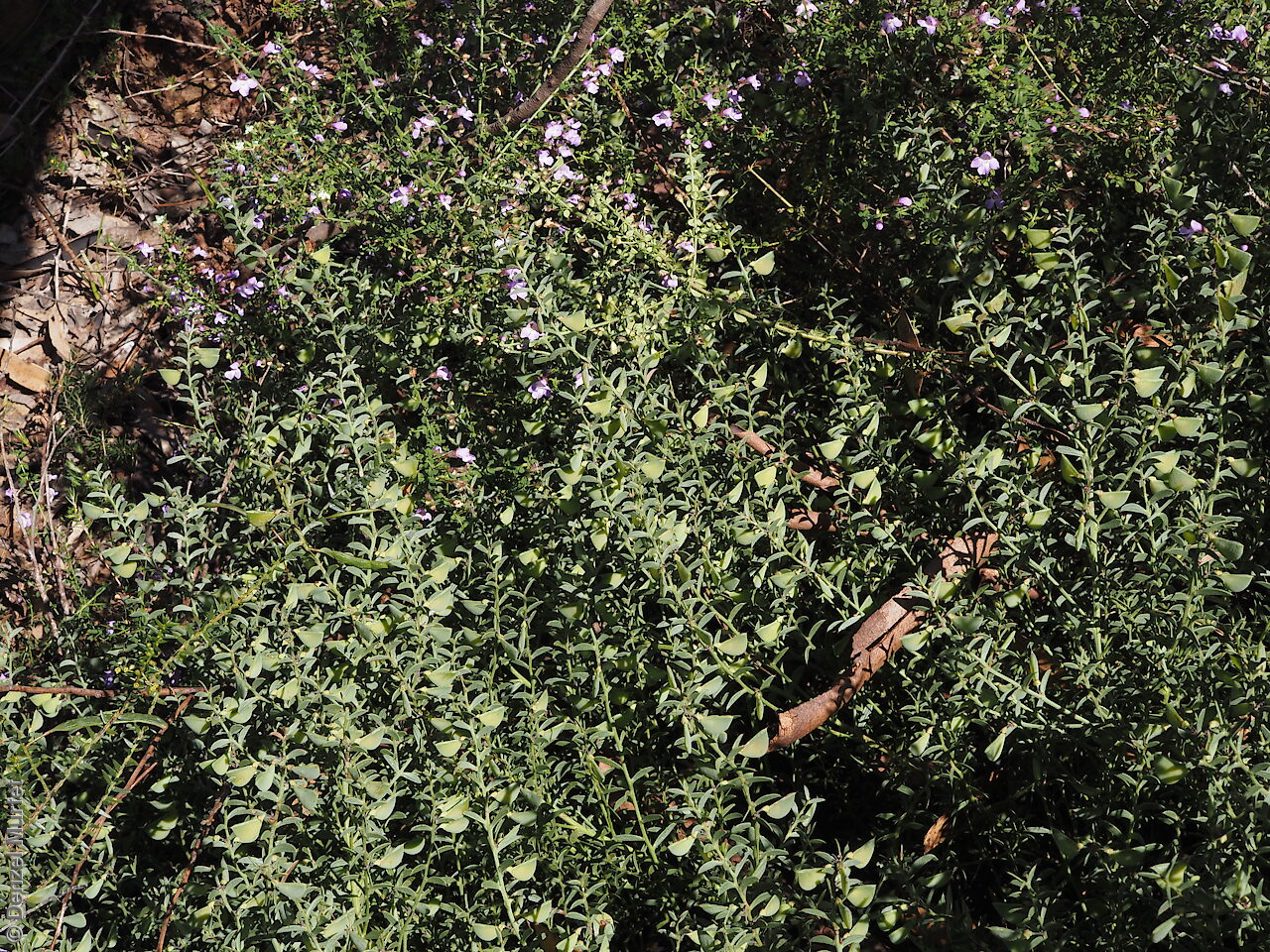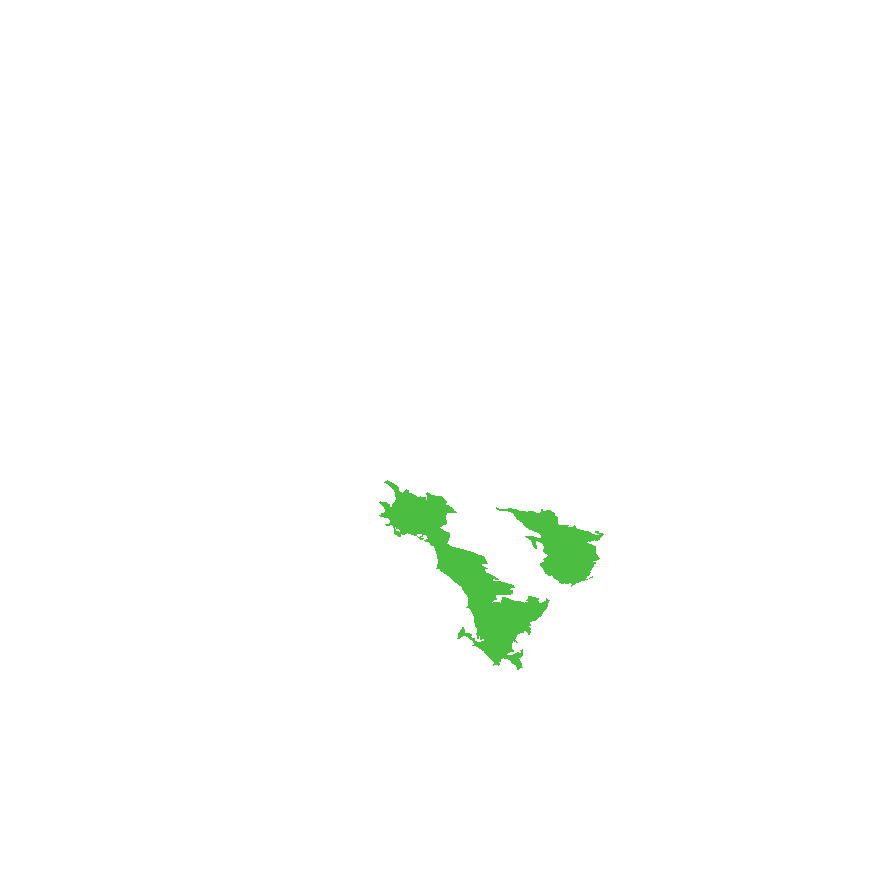













Botanical art
Prior names
Daviesia polyphylla, partly
Etymology
Daviesia named after the Rev. Hugh Davies (1739-1821), a Welsh botanist and an Anglican clergyman. Asperula from the Latin 'asper' meaning rough, referring to the slight roughness of the branchlets and phyllodes. Obliqua from the Latin 'obliquus' meaning oblique, referring to the oblique or unequal-sided phyllodes.
Distribution and status
Endemic to South Australia and found only on the southern Eyre Peninsula. Native. Common in South Australia.
Herbarium region: Eyre Peninsula
NRM region: Eyre Peninsula
AVH map: SA distribution map (external link)
Plant description
Compact or spreading shrub to 2 m tall, the branchlets greenish, with several longitudinal, minutely scabrid ribs. Phyllodes falcate or obliquely narrow-obovate; flattened, recurved along the entire length of the upper or both margins; broadest at or above the middle, contracted towards the base, to 4.5 mm wide. Flower-spike a raceme with 2-3 orange or yellow with a deep-red-centred pea-flowers. This subspecies differs from Daviesia asperula ssp. asperula which has a more slender leaves that are broadest at or near base. Flowering between August and September. Fruits are brown broad-triangular pod, with one seed inside. Seed embryo type is bent.
Seed collection and propagation
Collect seeds between October and December. Collect maturing brown seed pods from the plant using secateurs or by hand. Plant is prickly so it is advisable to wear gloves. Leave the pods in a paper bag to dry for at least a week. Rub the pods gently with a rubber bung to dislodge the seeds. Use a sieve to separate the seeds from unwanted material. Store the dried fruit heads with a desiccant such as dried silica beads or dry rice, in an air tight container in a cool and dry place. This species has physical dormancy that needs to be overcome for the seed to germinate (e.g. nicking or softening the seed coat).